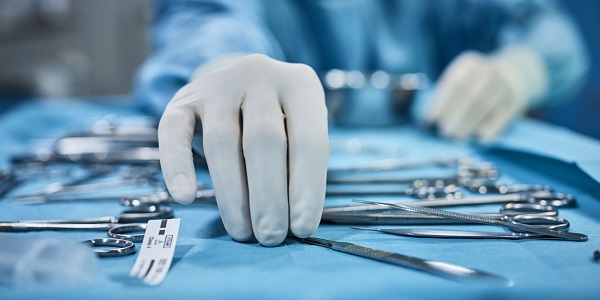Aligning international and European standards on packaging for terminally-sterilized medical devices

EN 868 series of European standards revised to align with EN ISO 11607
The adoption of the ISO 11607 series of standards in Europe in 2006 affected the existing European Standards in the EN 868 series. EN ISO 11607 has two parts under the general title "Packaging for terminally sterilized medical devices", in which:
- Part 1 specifies general requirements and test methods for materials, preformed sterile barrier systems, sterile barrier systems and packaging systems that are intended to maintain sterility of terminally sterilized medical devices to the point of use;
- Part 2 specifies validation requirements for forming, sealing and assembly processes.
EN 868 standards also have the general title Packaging for terminally sterilized medical devices. EN 868-1:1997, which provided general requirements for packaging materials for sterile medical devices, was withdrawn and replaced by EN ISO 11607-1 in 2006. The remaining EN 868 standards, however, remain and revised editions have been published between 2017 and 2019. This series comprises Parts 2 to 10. The EN 868 series can be used to demonstrate compliance with one or more of the general requirements specified in EN ISO 11607-1.
The EN 868 series provides requirements and test methods for a range of specific materials and configurations of sterile barrier systems. The series now comprises:
- Part 2: Sterilization wrap;
- Part 3: Paper for use in the manufacture of paper bags and pouches and reels;
- Part 4: Paper bags;
- Part 5: Sealable pouches and reels of porous materials and plastic film construction;
- Part 6: Paper for low temperature sterilization;
- Part 7: Adhesive coated paper for low temperature sterilization processes;
- Part 8: Re-usable sterilization containers for steam sterilizers;
- Part 9: Uncoated nonwoven materials of polyolefines;
- Part 10: Adhesive coated nonwoven materials of polyolefines.
One of the intentions of the revisions of these standards was to increase the link with EN ISO 11607-1. In particular removing duplication and overlap and aligning with EN ISO 11607 in regards to:
- general principles;
- terms and definitions;
- information on precision and bias, repeatability and reproducibility for test methods.
Many of the parts have seen changes introduced in the test methods.
Perhaps the most significant changes are in Part 9 related to nonwoven materials of polyolefins, where:
- a new general requirement has been introduced differentiating polyolefin materials that are polyethylene-based and polypropylene-based;
- the performance requirements and test methods are divided into general and specific requirements;
- the specific performance requirements and test methods distinguish between polyethylene-based materials and polypropylene-based materials;
- for polypropylene-based materials, two new requirements have been introduced with different values compared to unchanged requirements/values for polyethylene-based materials.
The EN 868 series of standards is intended to assist manufacturers of medical devices and hospital users identify materials for sterile barrier systems and purchase materials and products to be used for medical devices to be sterilized. If you use these materials, you will want to confirm with your supplier if they are compliant with the latest edition of the applicable standard. More information on parts of EN 868 will be available in BSI’s Compliance Navigator.
Author: Eamonn Hoxey, of E V Hoxey Ltd, UK, is a writer, trainer and consultant on a range of life science areas including regulatory compliance, quality management, sterility assurance and standards development
Request more information today for a call back from a member of our sales team so that you can get a better understanding of how Compliance Navigator can meet your needs.
The Compliance Navigator blog is issued for information only. It does not constitute an official or agreed position of BSI Standards Ltd or of the BSI Notified Body. The views expressed are entirely those of the authors.

